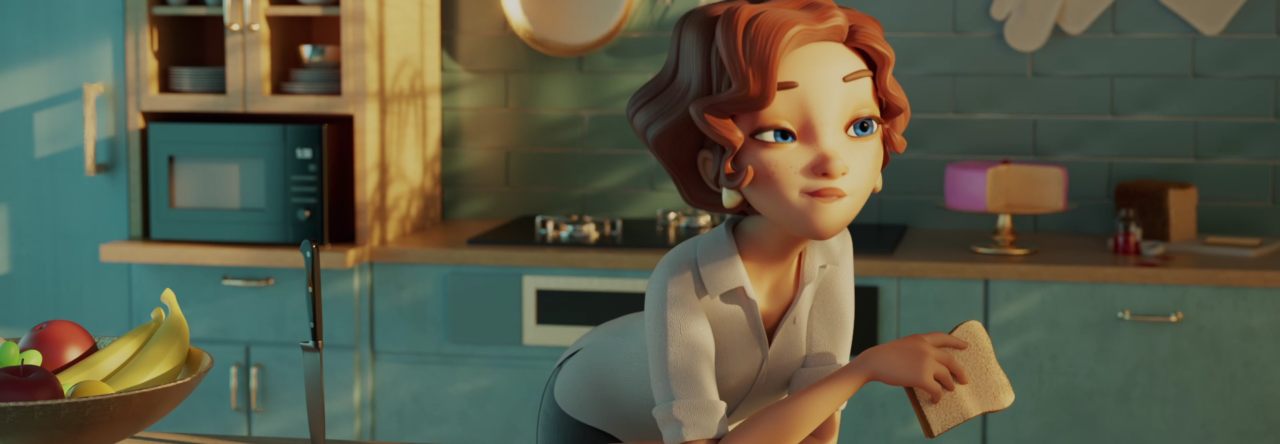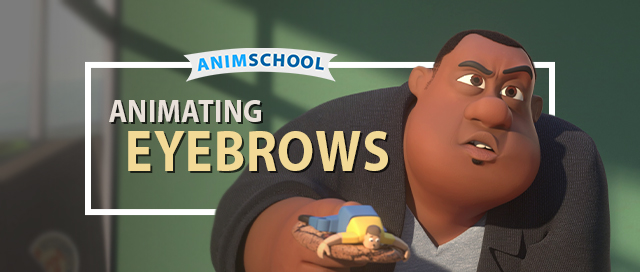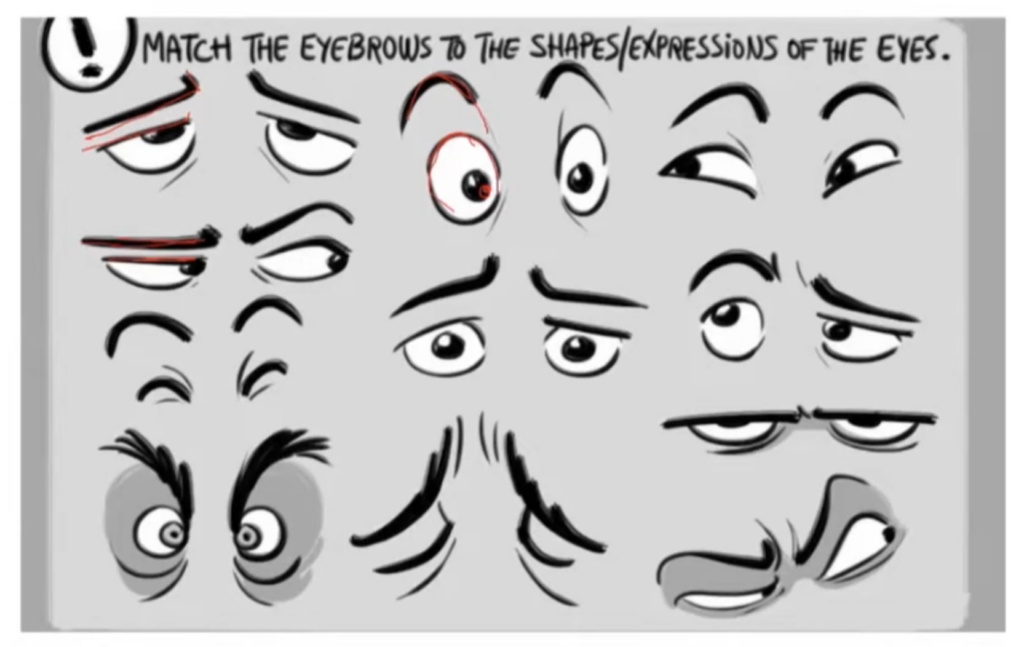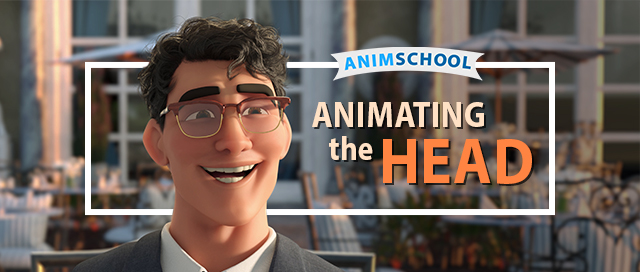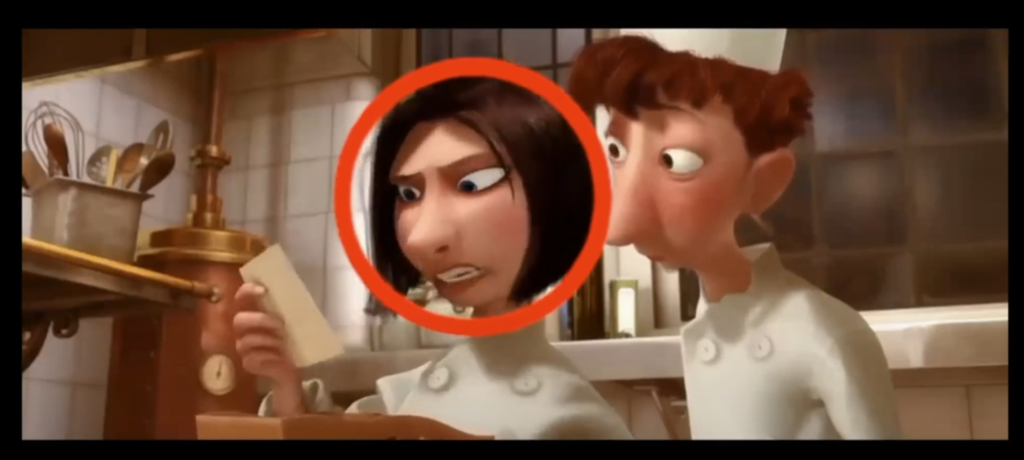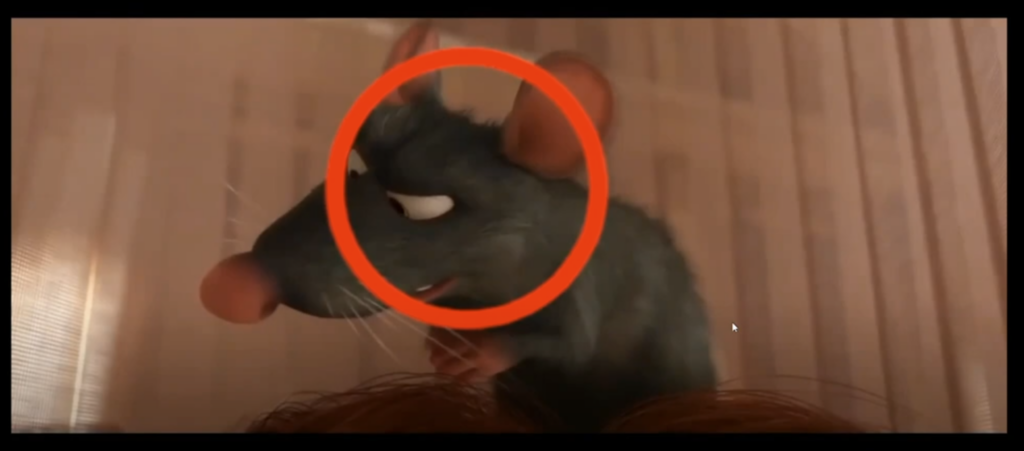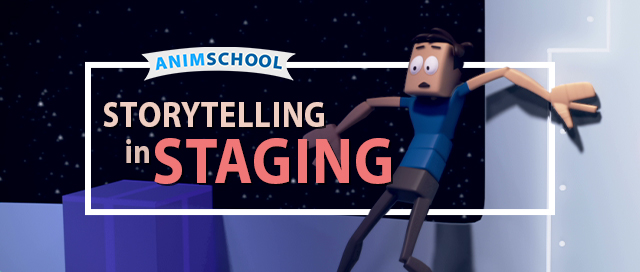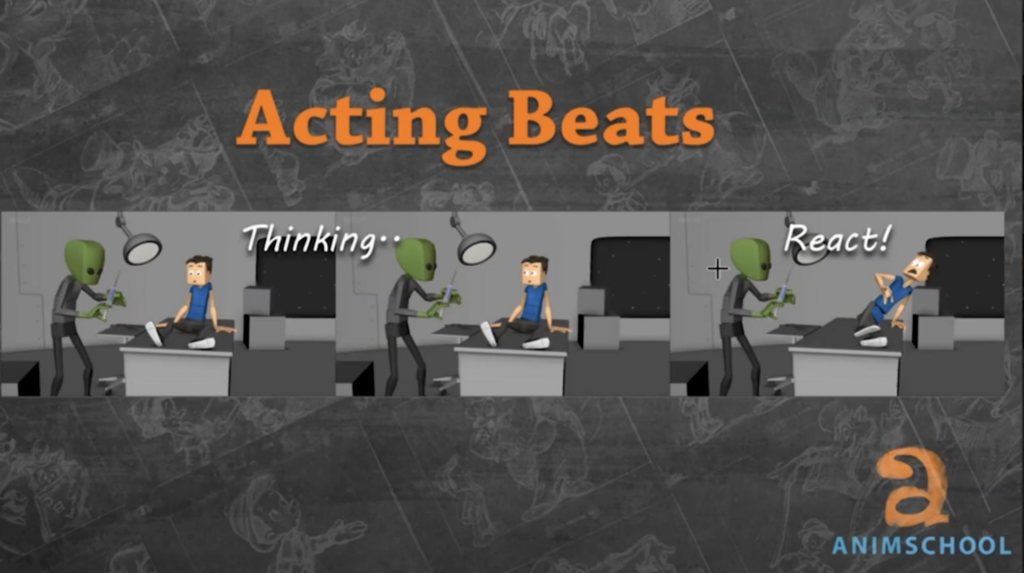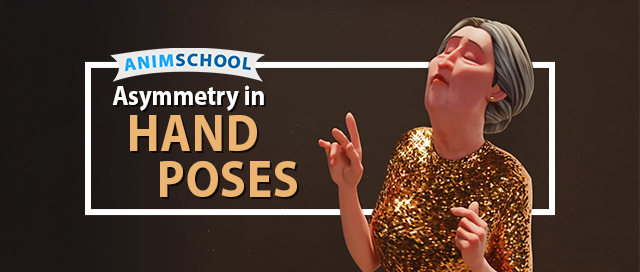
When posing and animating hands, achieving a natural, organic feel is crucial. One key technique to achieve this is incorporating asymmetry, which prevents them from feeling too stiff or mechanical. In this clip from a live AnimSchool lecture, instructor Scott McWhinnie explains the importance of asymmetry in hand posing to boost the organic feel of the overall animation.
Asymmetry in hand poses can be subtle, but it makes a significant difference. One of the simplest ways to introduce asymmetry is through small changes to the silhouette of the hand. For instance, the pinky finger can stick out slightly, breaking the smooth curve of the hand and creating a more natural look. A slight tilt of the pinky or variation in the angles of the fingers can make a hand feel less uniform and more believable.

Give special attention to the spaces between the fingers. When fingers are grouped together, such as in a closed fist, ensure the angles between them vary. A slight overlap or variation in finger positioning adds to the organic feel. This is also true when the fingers are spread out—consider grouping the middle fingers or varying the negative space between them.
The thumb is another key area for introducing asymmetry. It can stick out when holding an object, adding a touch of realism to the hand’s shape. Making small adjustments, like slightly twisting or bending one or two fingers, can further break up the symmetry and create a more natural, less rigid look.

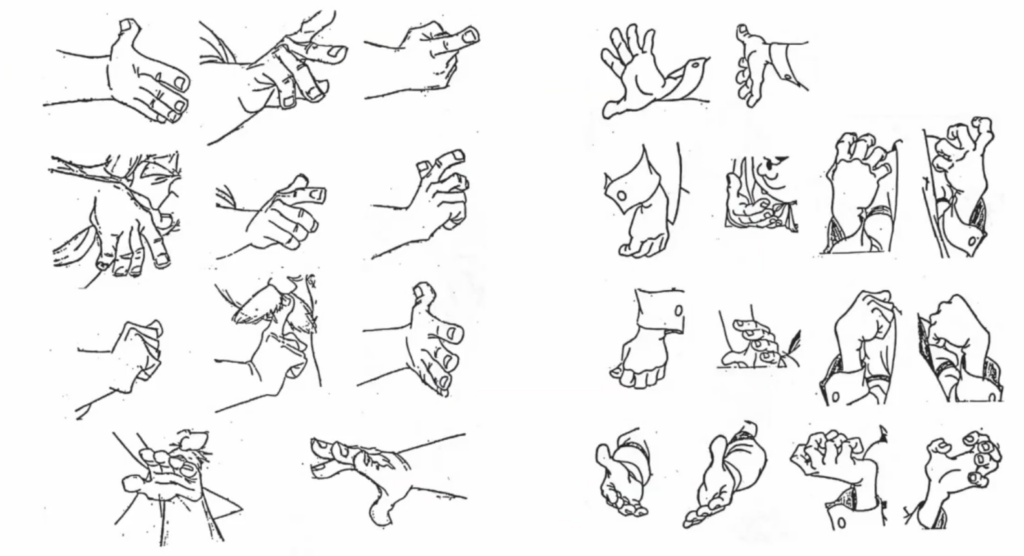
It’s important to remember that these changes don’t have to be extreme – keeping the hands as simple as possible will go a long way. Small, almost imperceptible adjustments can make a hand pose feel more alive and less “computer-generated.” The goal is to add just enough variation to make the hand look real, without overcomplicating the design.
By employing asymmetry—whether through the positioning of the pinky, the angles between fingers, or the slight rotation of the thumb—hand poses can feel more dynamic and true to life. Take a look at how the hands can be tweaked to help break up symmetry and consistency – and make them stand out with natural elegance.
Watch the full clip from an AnimSchool lecture here:
At AnimSchool, we teach students who want to make 3D characters move and act. Our instructors are professionals at film and game animation studios like Dreamworks, Pixar, Sony Pictures, Blizzard & Disney. Get LIVE feedback on your Animation from the pros. Learn more at https://animschool.edu/

